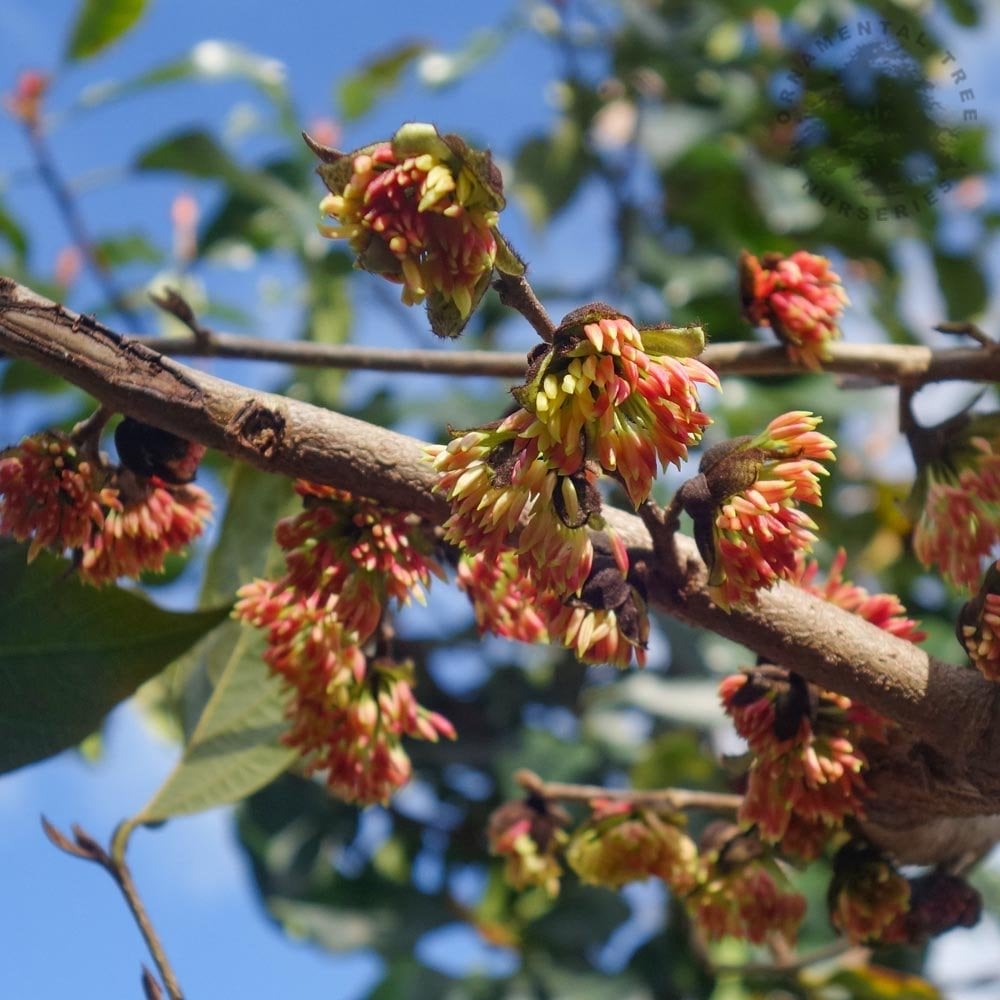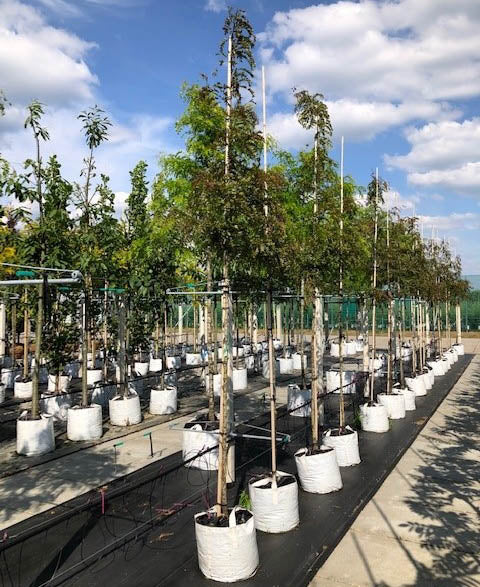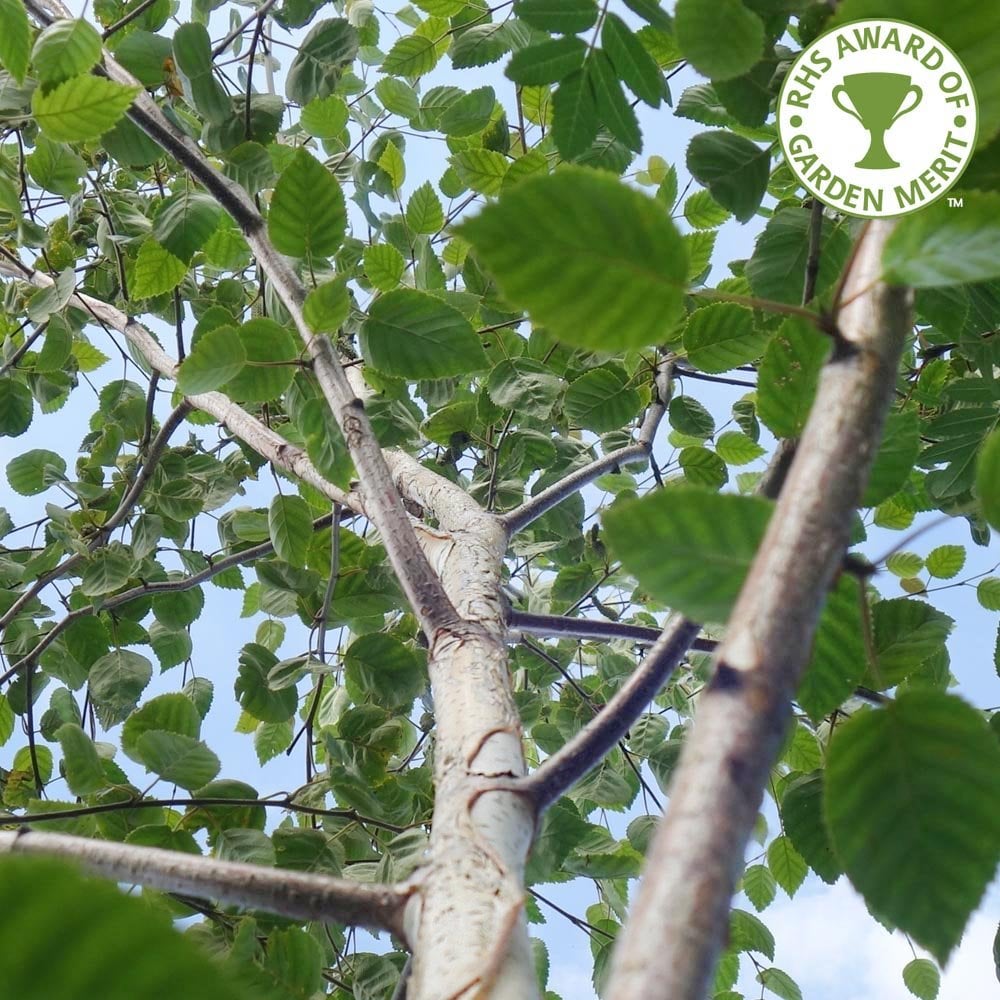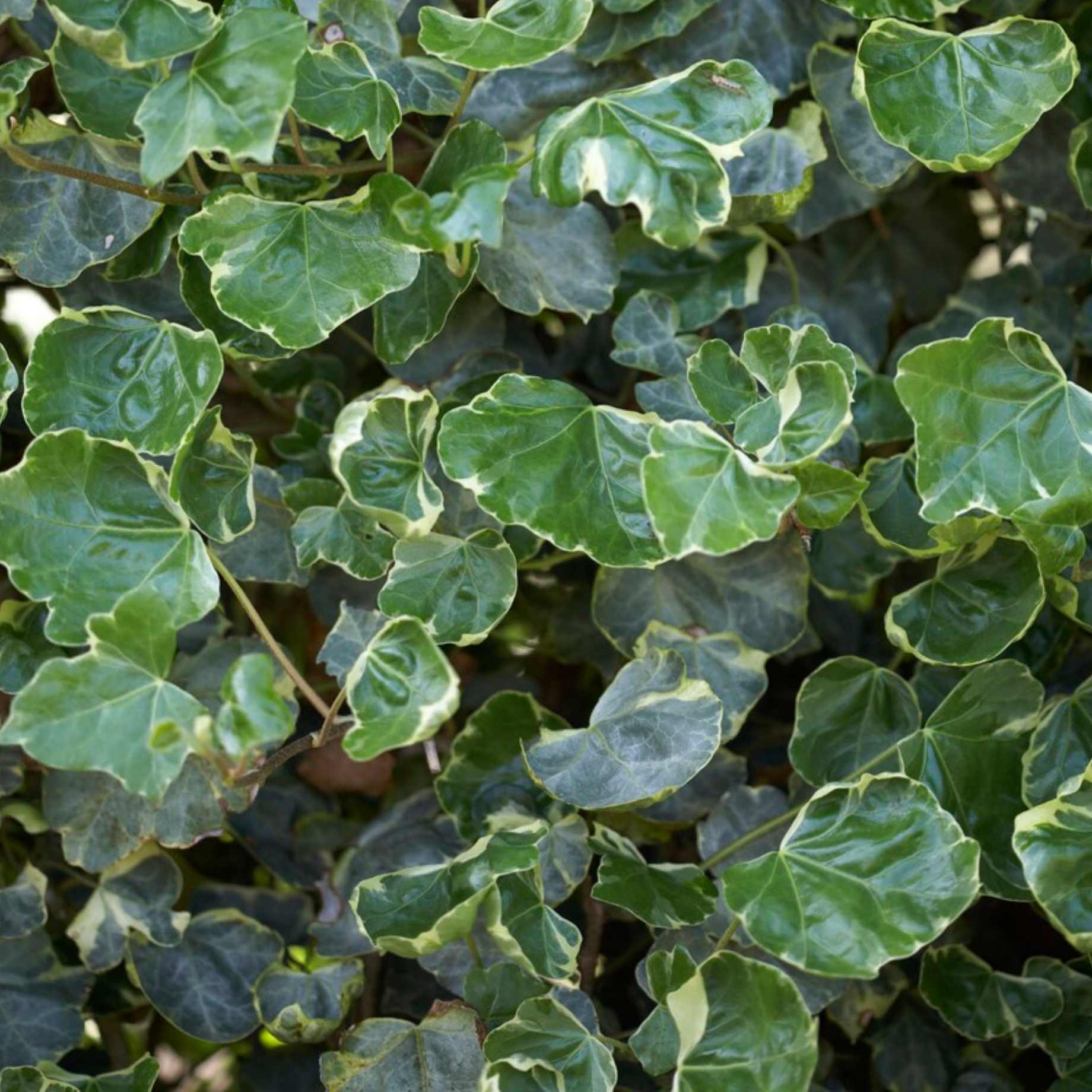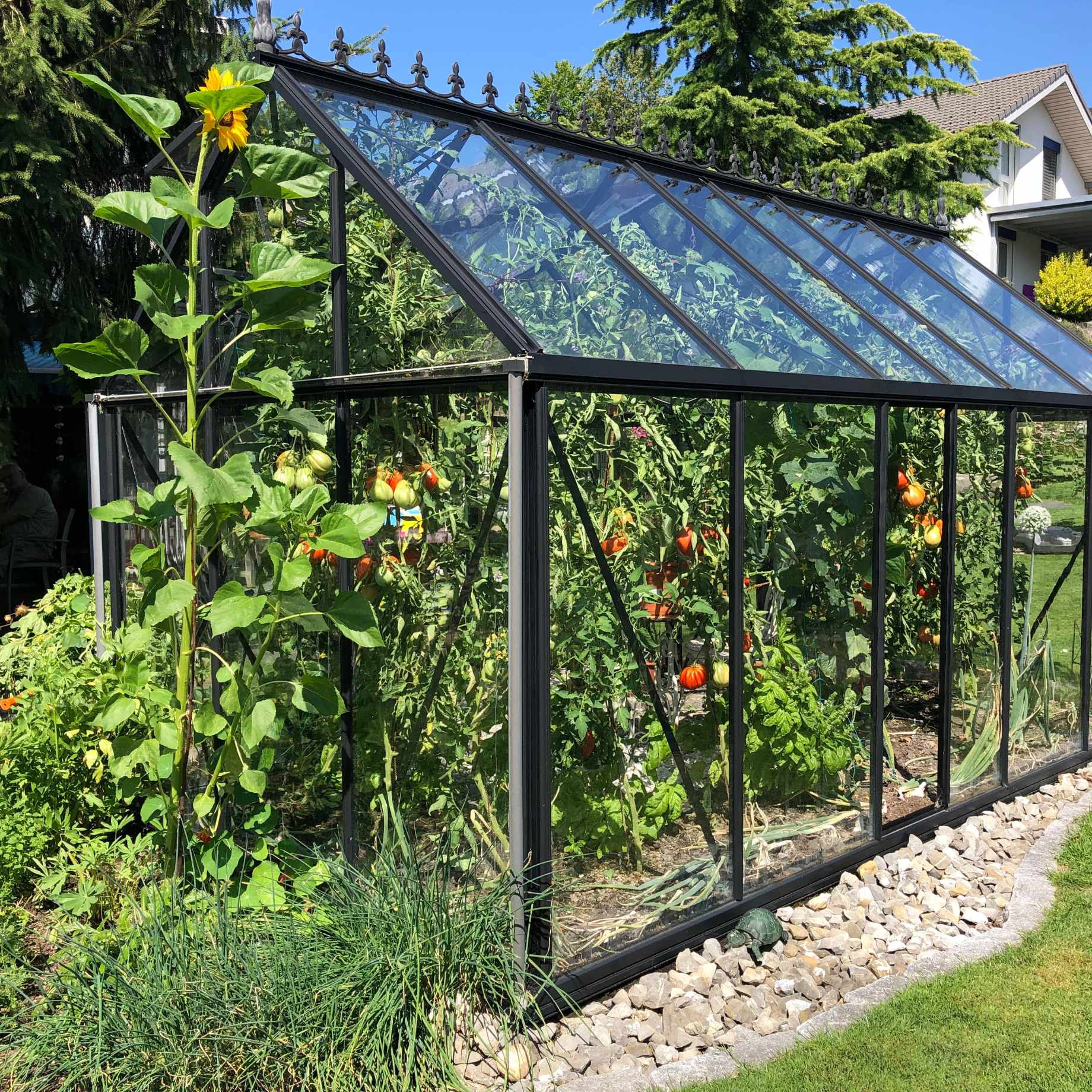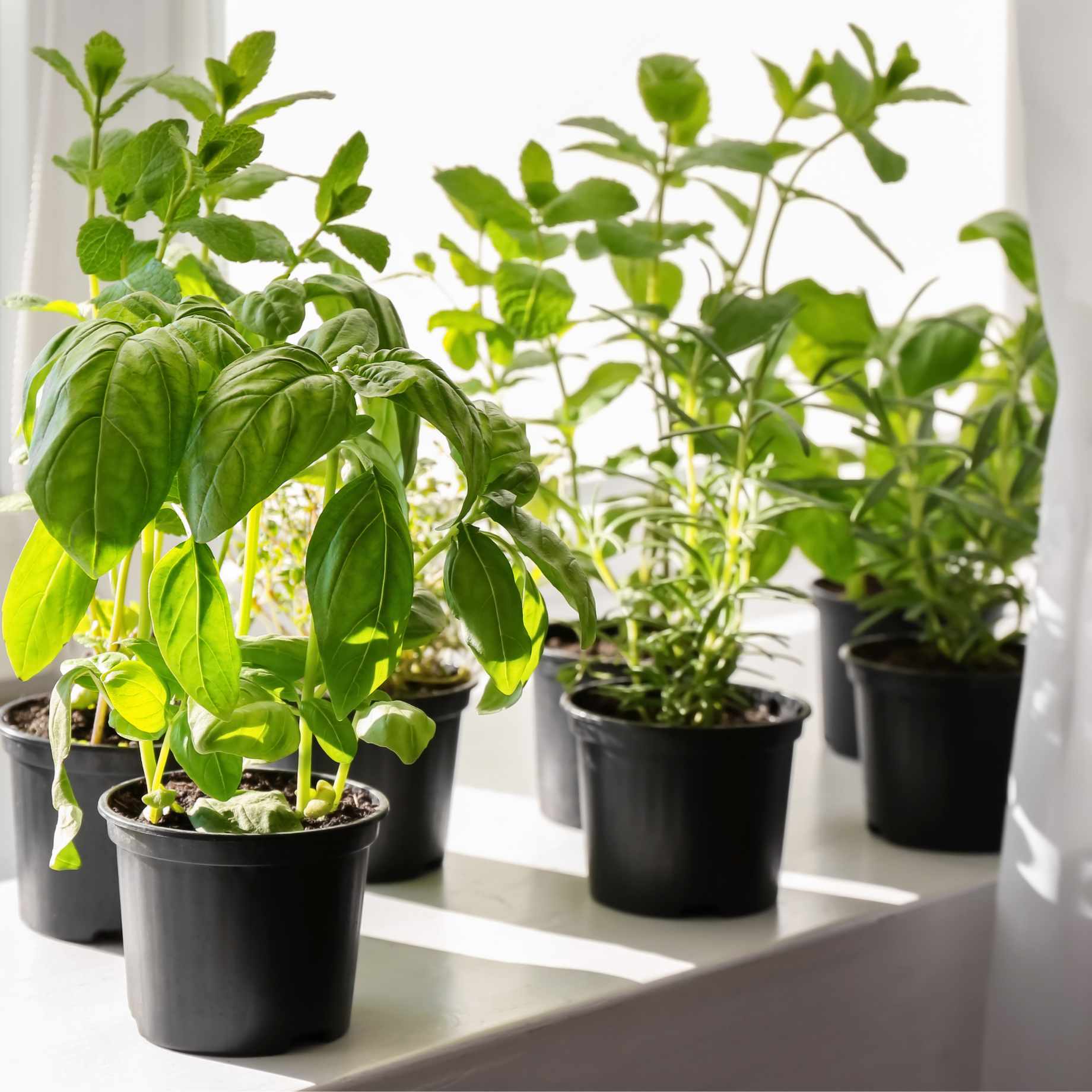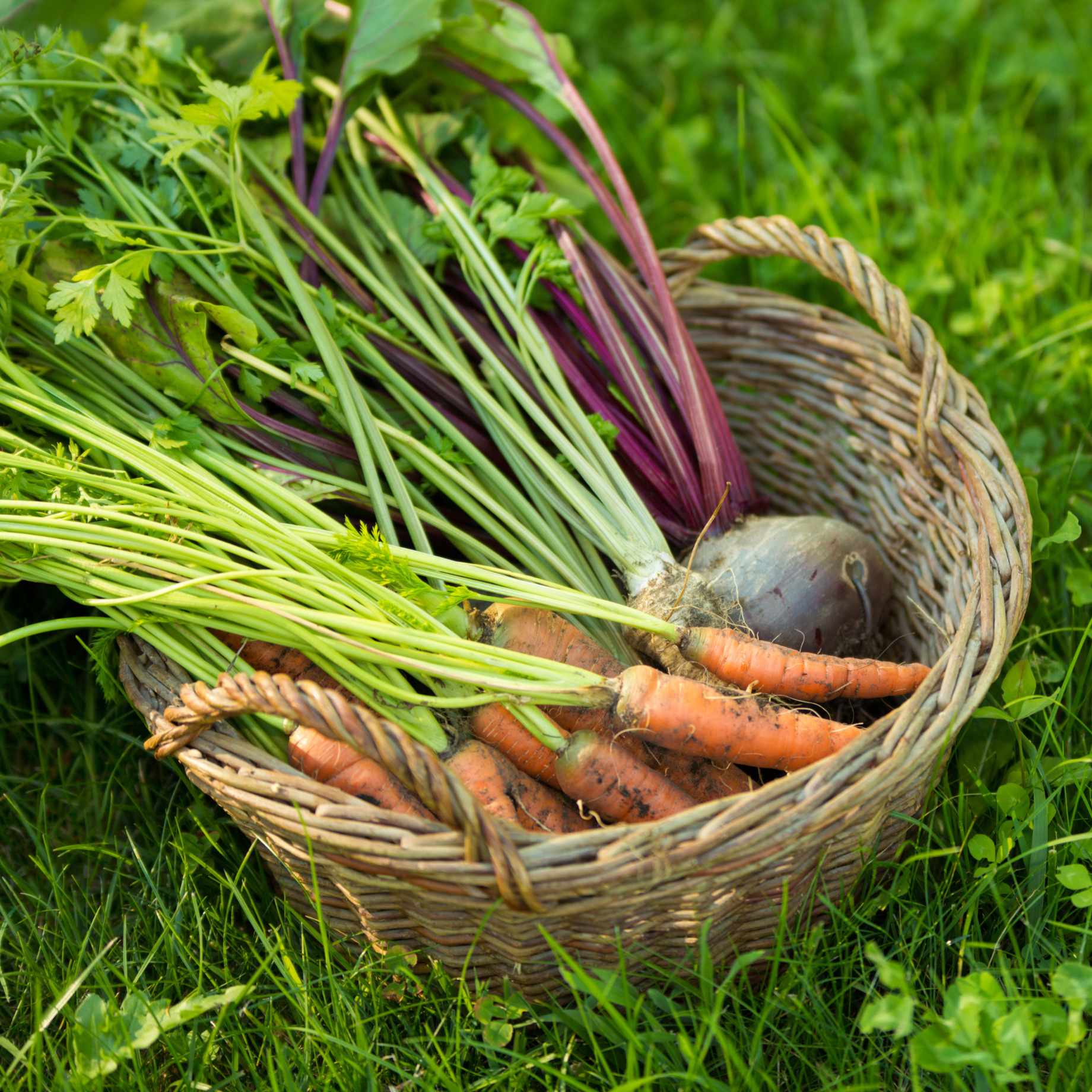Key features
Final size6 x 4 metres in 20 years
FoliageGreen leaves turn yellow in autumn (semi-evergreen)
FlowersUnusual shaped red flowers
PositionFull sun to part shade
SoilMost soils except extremes
Description
Sycoparrotia semidecidua is a semi-evergreen with remarkable flowers. Clusters of small flowers encased in brown bracts form in early spring (January to March). They open to reveal unusual shaped flowers that are orange with reddish tips. Leaves are a shiny, dark green, turning yellow in autumn.
Sycoparrotia semidecidua can cope in exposed spots, in full sun or partial shade. It does not need a lot of maintenance, being very hardy and requiring little to no pruning. It grows to approximately 6 metres in height and 4 metres in width.
Sycoparrotia is usually grown as a shrub and rarely as a tree, so this is a great opportunity to acquire a splendid example of it in standard tree form.
AKA Sycoparrotia
Planting Steps
1Preparation
- Pot-grown plants can be planted at any time of year, whereas bare roots need to be planted between November and March.
- Clear weeds and grass within a metre of the planting hole.
- Dig a hole as deep as the root mass and twice as wide.
- To help your plant establish more effectively, sprinkle Rootgrow in the hole.
2Planting
- Gently loosen the roots and place into the planting hole.
- Ensure the top of the plant’s compost is flush with the level of the surrounding soil and the graft union or collar of the tree is above ground level.
- Mix 50% of the original soil with 50% compost.
- Fill in the hole, firming the soil gently.
3Last Steps
- Water generously around the base of the plant.
- If you are planting either a single stem tree or mature standard tree, we recommend adding a staking kit and rabbit guard.
Aftercare Advice
Trees and shrubs require a good watering regime for a couple of years whilst they establish. Water well and regularly through spring and summer, increasing in hot or dry weather. If planting in autumn, you may only need to water a little. It is advisable to keep the area free of competing weeds and grass during this period.
For more detailed advice and video guides, please visit our Help & Advice section.

